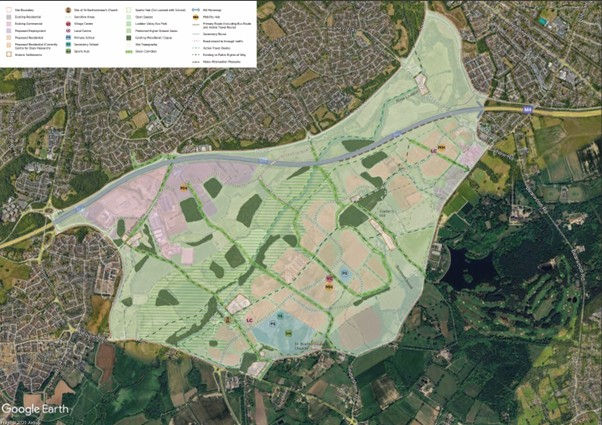Over my dead body?
- paulstevens24

- Sep 1, 2023
- 3 min read
A recent Blog Post dealt with aspects of research carried out by the University of Reading (UoR) but it was pointed out to me by one reader that “the majority of research conducted at the Centre for Dairy Research (CEDAR) is environmentally based”. This is a good point, and one I had failed to mention in my post. It was certainly not my intention to diminish the good work being done at CEDAR, so by way of a correction to any misconceptions given, please allow me to direct interested readers to the CEDAR website.
I will however add that it mentions “recently refurbished facilities” where “CEDAR addresses many of the key issues for the sustainability of animal production systems”. So why are UoR selling it off then, particularly as many of the facilities are only recently added? That doesn’t sound very good news for the environment!
On a different note I also received another link from a reader pointing out the acute shortage of burial sites in Reading. acute shortage of burial plots in Reading. They suggested this might be a good alternative use for land at Hall Farm. Given that Reading Council are predicting no more space for burials after 2029, and actively considering returning the council-owned Henley Road allotments to their "original intended use as cemetery land", now would seem to be a good time to reconsider alternatives to traditional burial methods. This strikes a particular chord with me as I recently went with members of my family to a Natural Burial site near Newbury.
The grave is basically a lightly wooded field, and with the addition of a few benches around for quiet contemplation the area is left as natural as possible. We were all very taken with the beauty of the location and some of our party are now actively investigating acquiring a plot here against future needs. But what if we didn't have to drive all the way out to West Berkshire for such a facility?
Back in April 2022 SOLVE Hall Farm representatives delivered our ideas for alternatives to building houses on University owned land. We proposed, among many other, more environmentally friendly and sustainable alternatives, a “green” burial site. Quite apart from Reading running out of physical space for burials, Google tells me that a typical crematorium will send between 160kg* (for a very efficient facility) and 190kg of CO2 into the atmosphere for each cremation it carries out —the equivalent of driving your car for 470 miles! A point to take on board for UoR, concerned as they are “to make the best use of our resources to ensure our sustainability”?
There are of course other “green” alternatives to cremation or traditional burial, such as aquamation, or even human composting, but green burial seems an altogether gentler, more natural process. If the potentially catastrophic proposal to build a new Strategic Development Location on flood plains at Hall Farm is thrown out by the Independent Inspector next year, then can I once again respectfully point out that Hall Farm is also the site of the original Arborfield Church. This beautiful old ruin needs to be preserved for posterity, not surrounded by a vast housing estate.

This beautiful old church ruin, and the surrounding fields and woodland are eminently suitable for establishing a much-needed burial site for the wider Reading area that will could potentially even enhance this already much valued heritage site.
Natural burial is usually managed like a lease on the land, so after 50 years or so, when your body has been properly returned to the earth, the plot can then be used again. How sustainable is that UoR? When I remarked to a very vocal supporter of building 4,500 houses at Hall Farm, “over my dead body”, I really did mean it, quite literally!





This will satisfy the University's appetite for money, right?